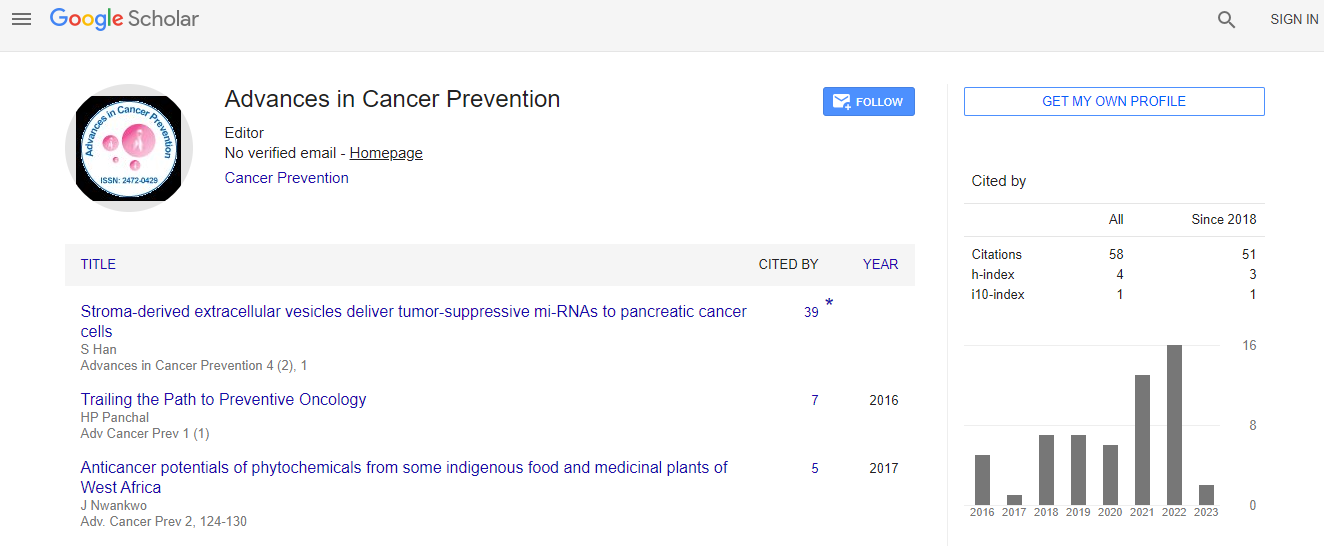Our Group organises 3000+ Global Conferenceseries Events every year across USA, Europe & Asia with support from 1000 more scientific Societies and Publishes 700+ Open Access Journals which contains over 50000 eminent personalities, reputed scientists as editorial board members.
Open Access Journals gaining more Readers and Citations
700 Journals and 15,000,000 Readers Each Journal is getting 25,000+ Readers
Recommended Conferences
42nd Global Conference on Nursing Care & Patient Safety
Toronto, CanadaGoogle Scholar citation report
Citations : 352
Advances in Cancer Prevention received 352 citations as per Google Scholar report
Indexed In
- RefSeek
- Hamdard University
- EBSCO A-Z
- OCLC- WorldCat
- Euro Pub
- ICMJE
Useful Links
Recommended Journals
Related Subjects
Share This Page
Title: Biochemical monitoring of bone sarcomas Patients Infected with COVID-19 Pandemic
17th International Conference on Advance Cancer Research
Adil Hasan Ali Akbar
PhD, Institute of Research at McGill University Health Center (RI-MUHC), Canada
ScientificTracks Abstracts: Advances in Cancer Prevention

 Spanish
Spanish  Chinese
Chinese  Russian
Russian  German
German  French
French  Japanese
Japanese  Portuguese
Portuguese  Hindi
Hindi 